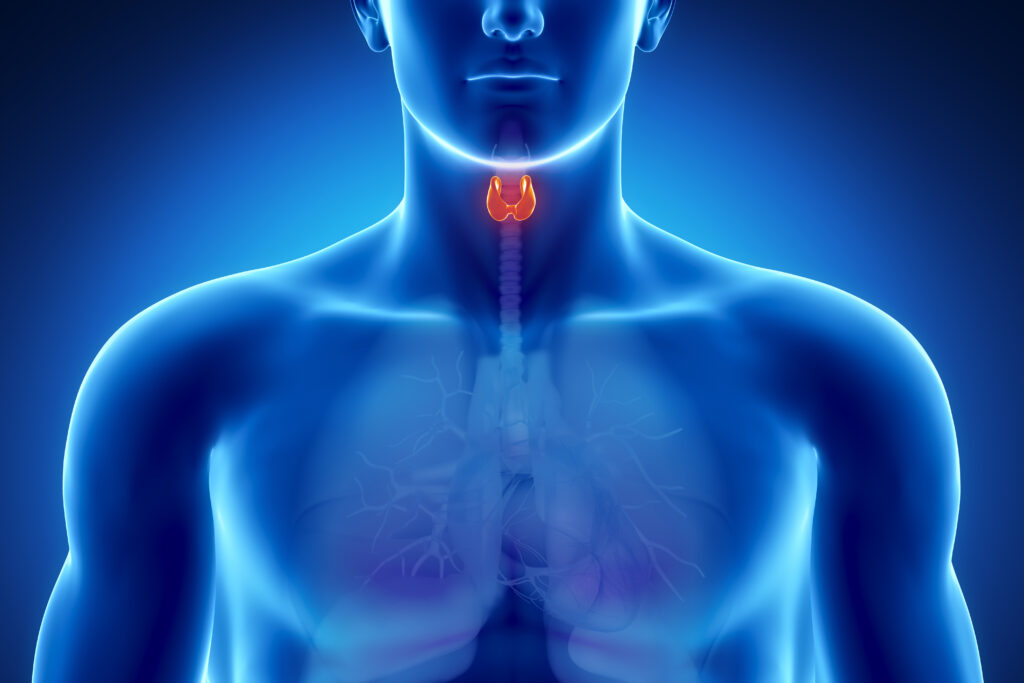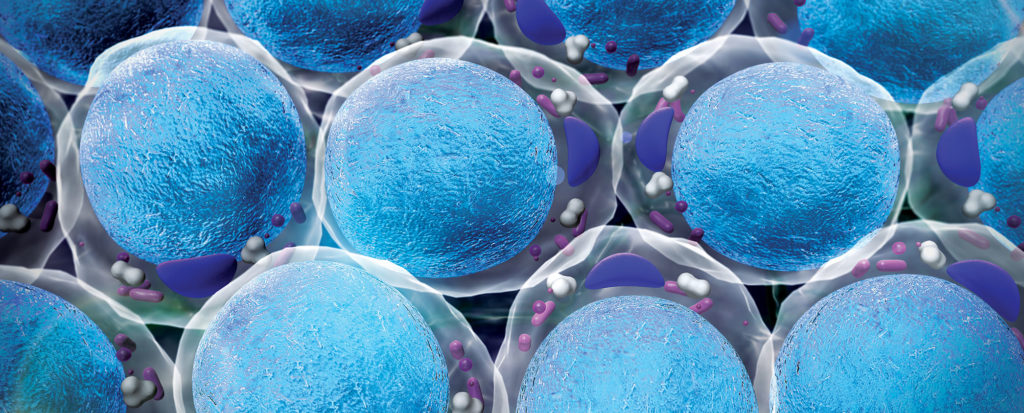Search Results
Showing Results for Hypothalamic dysfunction

It is with great pleasure that we present this latest issue of touchREVIEWS in Endocrinology, which brings together a diverse array of high-quality articles focused on the evolving landscape of endocrine disorders. The importance of patient-centred care is exemplified in ...

Obesity defined as abnormal or excessive fat accumulation that presents a risk to health, is a chronic disease linked to metabolic co-morbidities, such as type 2 diabetes mellitus and cardiovascular disease, a reduced life expectancy, economic burden and reduced quality of ...

Alopecia is a dermatological disorder characterized by hair loss from the scalp or body.1–3 It is one of the most common dermatological disorders worldwide and has several aetiologies, such as hereditary background, hormonal imbalance, infection or idiopathic causes.1,3,4 Alopecia can ...

The incidence of youth-onset type 2 diabetes (T2D) is increasing.1,2 Growing evidence has demonstrated that youth-onset T2D is rapidly progressive, with earlier onset of life-limiting complications compared with adult-onset T2D.3,4 Initiation of effective treatment that can restore beta ...

Type 2 diabetes (T2DM) is a disease with a complex aetiopathogenesis that leads to a wide variety of metabolic disorders. This includes, by definition, high plasma glucose levels, but also elevated blood pressure, dyslipidaemia, cardiorenal complications and strokes. All of ...

Polycystic ovary syndrome (PCOS) is a very common disease, with an incidence of 5−21% in women during their fertile life (18–45 years of age) worldwide.1 PCOS is clinically diagnosed when two of the three 2003 Rotterdam consensus criteria are met: (i) chronic anovulation ...

Worldwide prevalence of type 2 diabetes mellitus (T2DM) is steadily increasing due to rising levels of obesity over the past 40 years caused by sedentary lifestyles and unhealthy eating habits. Diabetes now ranks ninth among the top ten causes of death ...

The development of effective therapies for the management of cancer in childhood has led to outstanding improvements in survival over the past decades. With this, a growing population of childhood cancer survivors are subject to long-term sequelae impacting on health. ...

Obesity – a chronic, relapsing, progressive disease that is defined by a body mass index (BMI) of ≥27.5 kg/m2 in Asian populations and ≥30.0 kg/m2 in all other populations – is an epidemic that has spread across the world.1 Recent data from ...

On 31 December 2019, the World Health Organization (WHO) was notified of several cases of pneumonia of unknown aetiology in Wuhan, China. After a relatively short period, officials confirmed the first case of coronavirus disease 2019 (COVID-19) reported outside of China, in Thailand, ...

Short stature affects 2.5% of children and is one of the most common reasons for consulting a growth specialist during childhood.1 Normal height is a polygenic trait and derives from the interaction of several factors. It is known that height is ...

Nearly 75% of all menopausal women experience bothersome vasomotor symptoms, including hot flushes and night sweats.1 Declining levels of estrogen during menopause lead to a narrowing of the central thermal regulatory neutral tone. Minute changes in core body temperature, as little ...

Immune checkpoints are small molecules that are present on the cell surface of T lymphocytes to regulate the immune response. While some of these molecules enhance the stimulatory signals, others boost the inhibitory signals to blunt the activity of T ...

World Health Organization statistics rank tuberculosis (TB) amongst the top 10 communicable diseases in the world, and it remains one of the biggest killers of mankind.1 TB is known to cause both mortality and morbidity. Pulmonary TB is the primary manifestation, ...

Tuberculosis (TB) is a major public health concern in low- and middle-income countries (LMICs) of Asia and Africa, which have a high burden of human immunodeficiency virus (HIV) infection and malnutrition. It is epidemic in these regions being associated with ...

The use of immunotherapy in the treatment of cancer has been revolutionary, opening a new era in the fight against cancer. The principle of immunotherapy involves using pharmacotherapy to harness the power of the body’s own immune system to ...

Recent advances have bolstered the anticancer therapeutic armamentarium. However, despite the enhanced efficacy and better survival offered by these newer agents, side effects remain a source of concern.1 Gastrointestinal side effects, organ toxicities and dyselectrolytaemias are critical adverse consequences. Among ...

Management of patients with severe COVID-19 remains a challenge for physicians. In severe cases of COVID-19, a hyperactive innate immune response characterized by high serum levels of proinflammatory markers, known as a ‘cytokine storm’, is characteristically present. The cytokine storm ...
Latest articles videos and clinical updates - straight to your inbox
Log into your Touch Account
Earn and track your CME credits on the go, save articles for later, and follow the latest congress coverage.
Register now for FREE Access
Register for free to hear about the latest expert-led education, peer-reviewed articles, conference highlights, and innovative CME activities.
Sign up with an Email
Or use a Social Account.
This Functionality is for
Members Only
Explore the latest in medical education and stay current in your field. Create a free account to track your learning.

